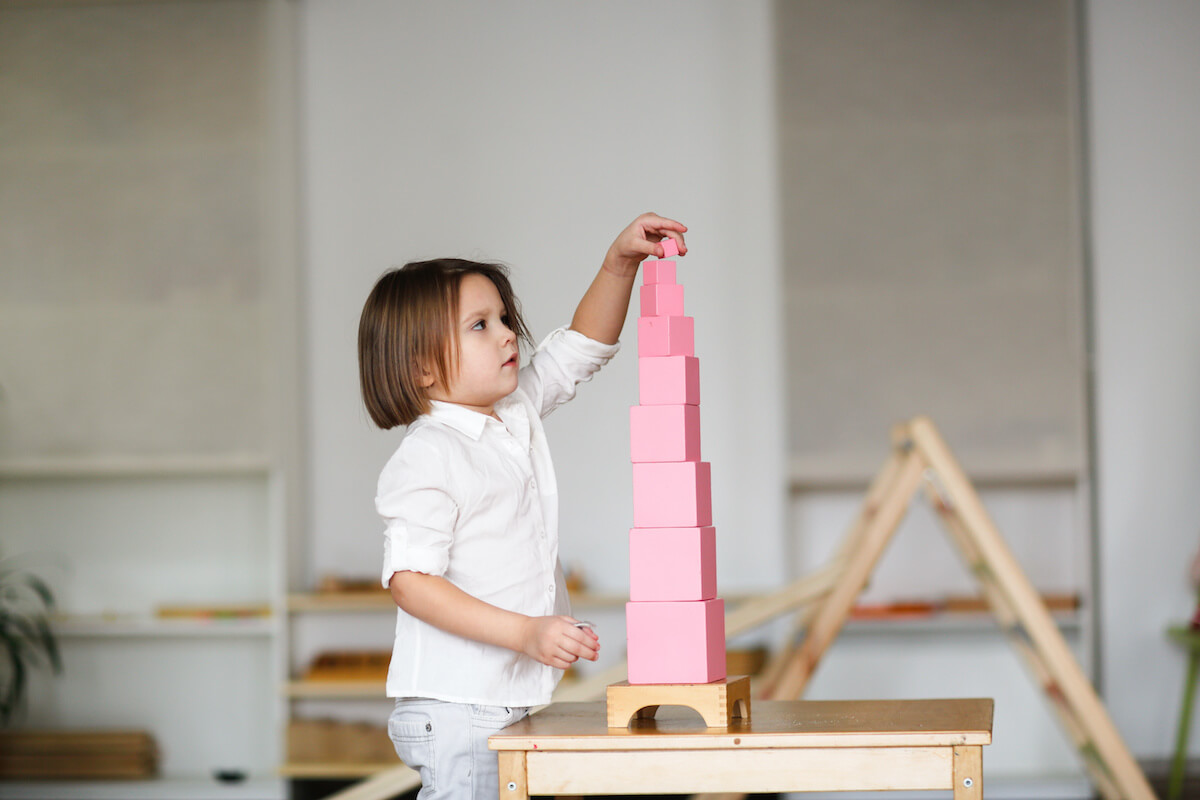Item removed from Wish List!
Item added to Wish List!
With these essentials, it’s easy to create a Montessori playroom that engages your child and encourages independent action.

By clicking “Accept All Cookies”, you agree to the storing of cookies on your device to enhance site navigation, analyze site usage, and assist in our marketing efforts. More Information